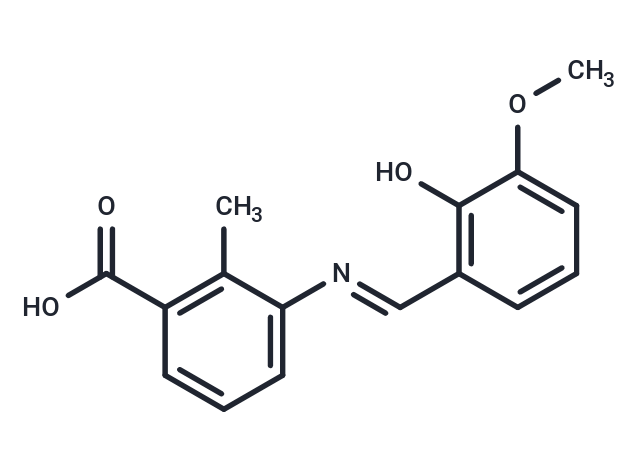Shopping Cart
- Remove All
 Your shopping cart is currently empty
Your shopping cart is currently empty
C29 is a novel inhibitor of TLR2/1 and TLR2/6 signaling induced by synthetic and bacterial TLR2 agonists in human HEK-TLR2 and THP-1 cells, but only TLR2/1 signaling in murine macrophages.

| Pack Size | Price | Availability | Quantity |
|---|---|---|---|
| 1 mg | $47 | In Stock | |
| 5 mg | $98 | In Stock | |
| 10 mg | $189 | In Stock | |
| 25 mg | $297 | In Stock | |
| 50 mg | $455 | In Stock | |
| 100 mg | $689 | In Stock | |
| 1 mL x 10 mM (in DMSO) | $153 | In Stock |
| Description | C29 is a novel inhibitor of TLR2/1 and TLR2/6 signaling induced by synthetic and bacterial TLR2 agonists in human HEK-TLR2 and THP-1 cells, but only TLR2/1 signaling in murine macrophages. |
| In vitro | C29 blunts hTLR2/1 and hTLR2/6 signaling in HEK-TLR2 Stable transfectants and THP-1 Cells. C29 blocks P3C- and P2C-induced IL-8 mRNA dose-dependently in HEK-TLR2 stable transfectants. C29 also inhibits P3C- and P2C-induced IL-1β gene expression significantly at both 1 h and 4 h following stimulation, as well as both P3C- and P2C-induced NF-κB–luciferase activity in transiently transfected HEK293T cells expressing hTLR2 and an NF-κB–sensitive luciferase reporter construct. C29 preferentially inhibits TLR2/1 signaling in primary murine macrophages. C29 blocks TLR2 bacterial agonist-induced proinflammatory gene expression in HEK-TLR2 Cells and murine macrophages. C29 inhibits ligand-induced interaction of TLR2 with MyD88 and blocks MAPK and NF-κB activation[1]. |
| In vivo | C29L inhibits TLR2/1-induced inflammation in mice. Mice treated twice with C29L before administration of P3C significantly blocks IL-12 p40 and TNF-α liver cytokine mRNA and serum protein. C29L has a significant inhibitory effect at the later time point for IL-12 p40[1]. |
| Molecular Weight | 285.29 |
| Formula | C16H15NO4 |
| Cas No. | 363600-92-4 |
| Smiles | COc1cccc(\C=N\c2cccc(C(O)=O)c2C)c1O |
| Relative Density. | 1.21 g/cm3 (Predicted) |
| Storage | Powder: -20°C for 3 years | In solvent: -80°C for 1 year | Shipping with blue ice/Shipping at ambient temperature. | |||||||||||||||||||||||||||||||||||
| Solubility Information | H2O: Insoluble DMSO: 60 mg/mL (210.31 mM), Sonication is recommended. | |||||||||||||||||||||||||||||||||||
Solution Preparation Table | ||||||||||||||||||||||||||||||||||||
DMSO
| ||||||||||||||||||||||||||||||||||||

Copyright © 2015-2025 TargetMol Chemicals Inc. All Rights Reserved.